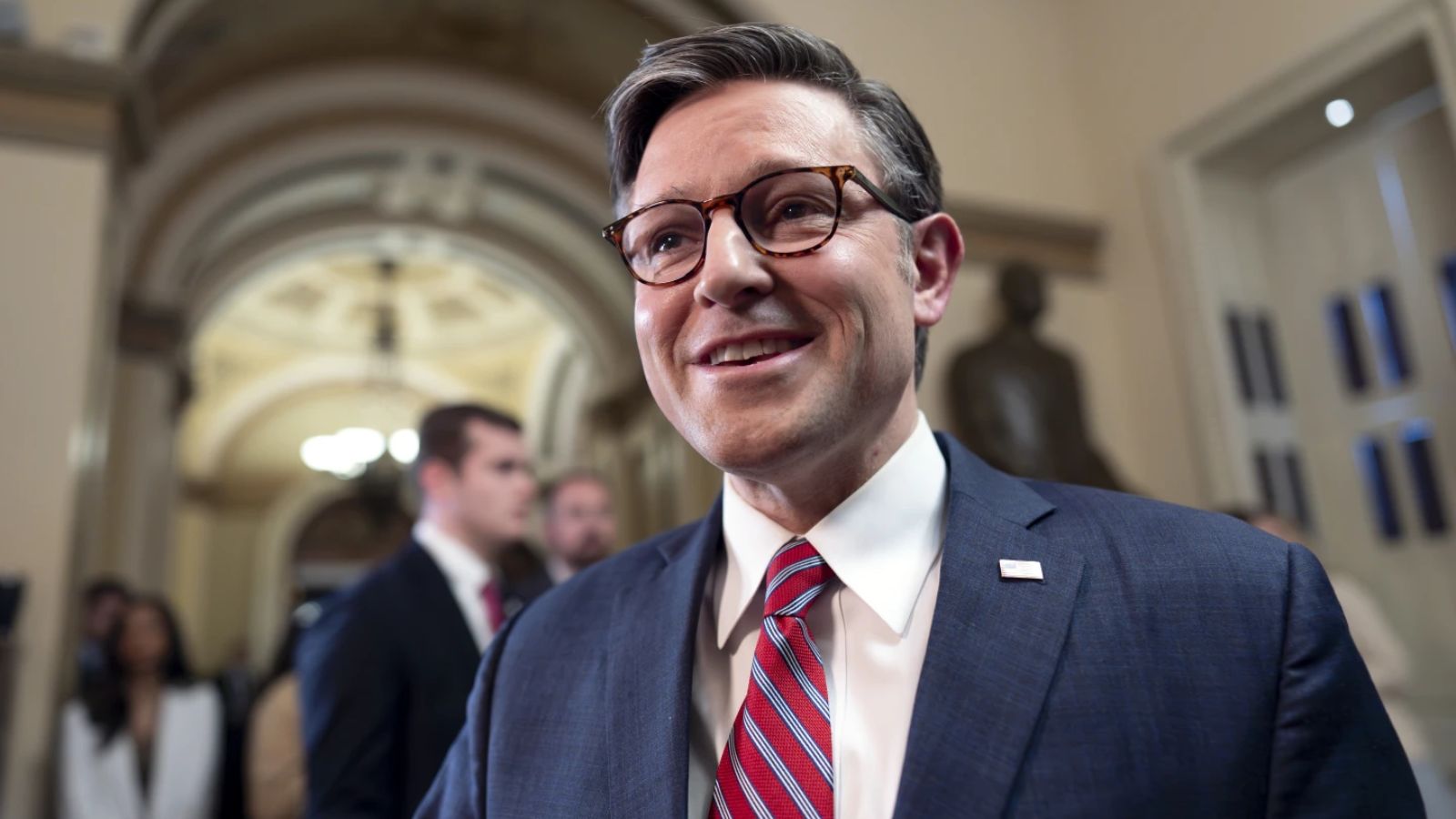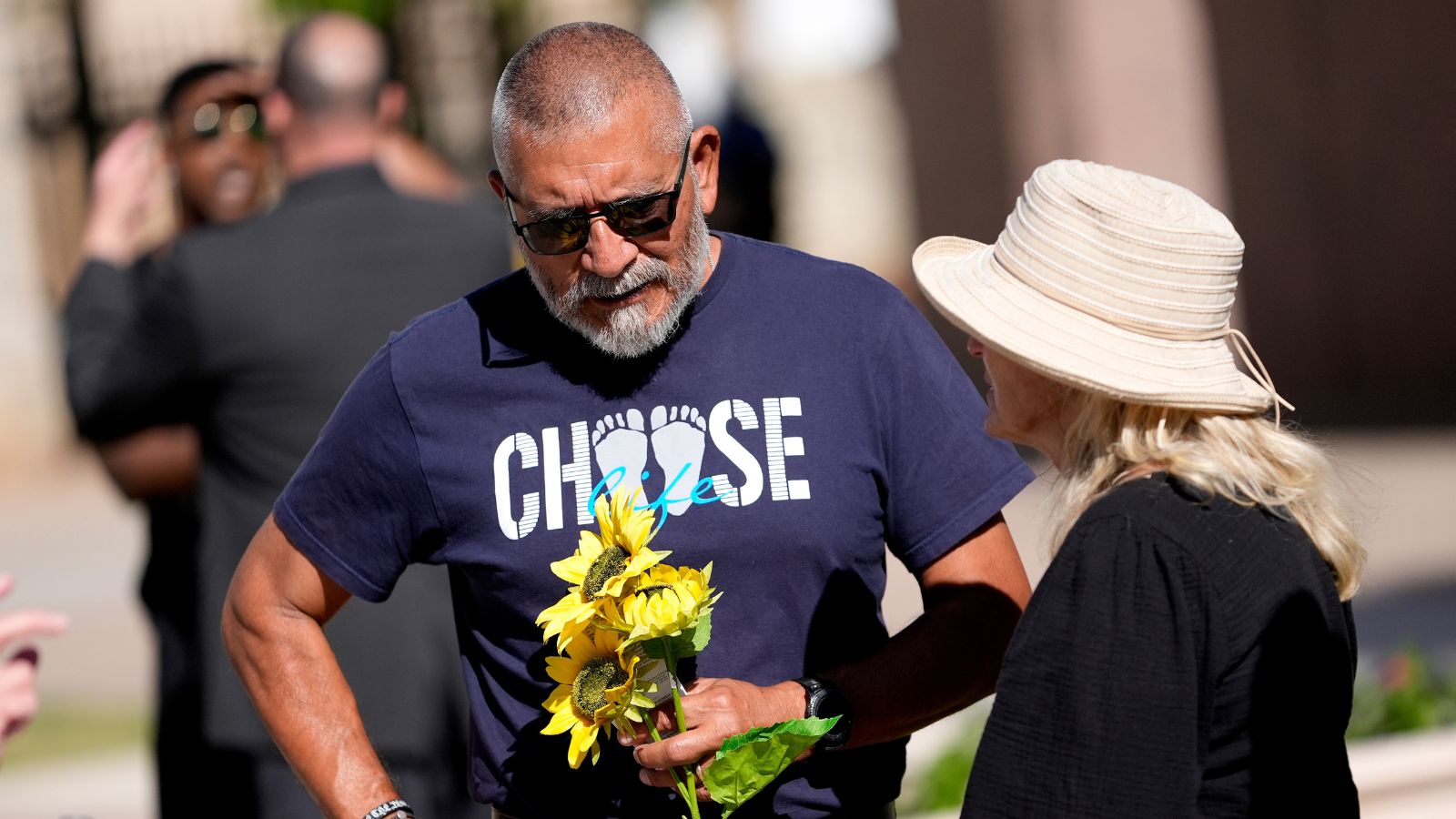Insider Q&A: Company’s chemistry could cut EV battery costs
Oct 31, 2022, 6:04 AM | Updated: 6:46 am
DETROIT (AP) — A small company called Sila has contracts with most major automakers to research or provide a promising new battery chemistry that can let electric vehicles travel farther with a smaller battery.
The Alameda, California, company began more than a decade ago as a startup out of Georgia Tech, and co-founder and CEO Gene Berdichevsky says its chemistry can store more energy than current lithium-ion batteries.
In current batteries, lithium ions move from anode to cathode, generating electricity by splitting into charged ions and electrons. Graphite stores lithium atoms inside a battery until needed. Instead of graphite, Sila uses silicon, which can store more lithium.
Berdichevsky, who was an early employee at Tesla, talked with The Associated Press about the future of electric vehicles. The interview has been edited for clarity and length.
Q: What do you see as the shortcomings of today’s lithium-ion batteries for electric vehicles, and how can your company change that?
A: The biggest shortcoming is cost. We’ve demonstrated that incredible vehicles can be made with today’s battery technology, very long range that consumers love and want to buy. The key now is to make every vehicle equally compelling, and that means getting to lower-cost vehicles without sacrificing performance, without making the vehicle have only 100 miles, 200 miles of range. Those are pretty mediocre vehicles that people tend to not want to buy. To do that, you really need to drive down costs. The best way is to increase performance and to store more energy in fewer cells. By replacing graphite with silicon, every single battery in a vehicle can store 20% to 40% more energy. Then you can use 20% to 40% fewer cells to fill the battery pack. So the higher the performance of the chemistry, the fewer cells you need. The fewer cells you need, the lower cost the battery system can be for the same range. Silicon also allows you to increase performance. You can maintain the same number of cells and get much longer range. That enables things like 500-mile vehicles.
Q: I know Sila’s silicon anode batteries are in watches now. How long until they’re in electric vehicles?
A: Commercializing that requires a tremendous amount of work, particularly in terms of scaling up. Our silicon technology is currently in consumer devices, and we deliver about a 20% increase in energy density over state-of-the-art batteries today. We can do that in automotive cells as well. We’ve tested that with our automotive partners. But bringing that to the market requires us to build a dramatically larger production facility, which we started doing. We purchased a 160-acre site with a 600,000-square-foot building in Moses Lake, Washington. That’ll start up in late 2024 and go into full production in 2025. And then eventually 150 gigawatt hours, which is about 2 million cars worth of production. You should start to see your first vehicles with our technology toward the end of ’25, early ’26.
Q: You have a contract with Mercedes. Is that the first brand to the battery chemistry? And what other automakers are in line?
A: The first announced customer is Mercedes. They’ll use our technology in their EQ lineup starting with the G Wagon. We’re working with quite a lot of different automakers and going through the very rigorous testing process to confirm the performance that we can deliver before before we can announce that we’re working with them.
Q: How does a silicon anode get rid of graphite and make the energy storage capacity higher?
A: In a lithium-ion battery, there are two halves, the anode and the cathode. And these take up almost half the space in the battery. The way silicon works is it’s able to bond with many more lithium atoms than graphite can in a much smaller space. So you can take out the graphite which occupies half the battery and you can replace it with silicon-based material that will occupy maybe 25% of the battery. So now you end up with a little bit of extra space, and so you can shrink the size of that cell while storing the same amount of energy.
Q: When do you think we’ll all be driving electric vehicles?
A: We won’t all be driving EVs until probably the 2040s because there are so many vehicles on the road that will have to get turned over. Not only do you have to get to 100% of new cars sold being electric, but you have to do that for 10 to 15 years, because people do hold on to their vehicle. Turning the entire fleet over is going to take a until probably the middle of the century. I think the more exciting number is going to be when are we at 50%, 60%, 80% market penetration. The biggest constraint from us getting there by the mid-2030s is supply chain constraints. Can we find the nickel we need, can we find the lithium we need? Not find it but can we make those investments rationally? Can we ensure that permitting happens quickly, can we ensure that those investments become fruitful as as quickly as possible? I think it’s just going to be a question of the supply catching up with the demand, because the demand is obviously there.
Copyright © The Associated Press. All rights reserved. This material may not be published, broadcast, rewritten or redistributed.









